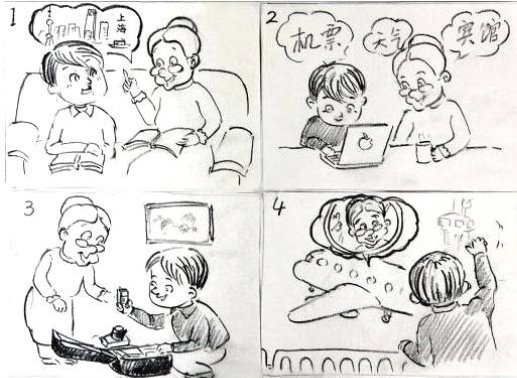��Ŀ����
Entertainment activities can surely bring you pleasure; however, it is the same with helping to do the housework.
ע��: ������д���⣻
�ڳ�ʫ���⣬���岻�ޣ�
�����ݱ������������е�һ��������
�����в���¶����������ѧУ���ƣ�
�ݴ���������120����������ʾ�������ܴ�����
��ϰ��ϵ�д�
�����Ŀ


